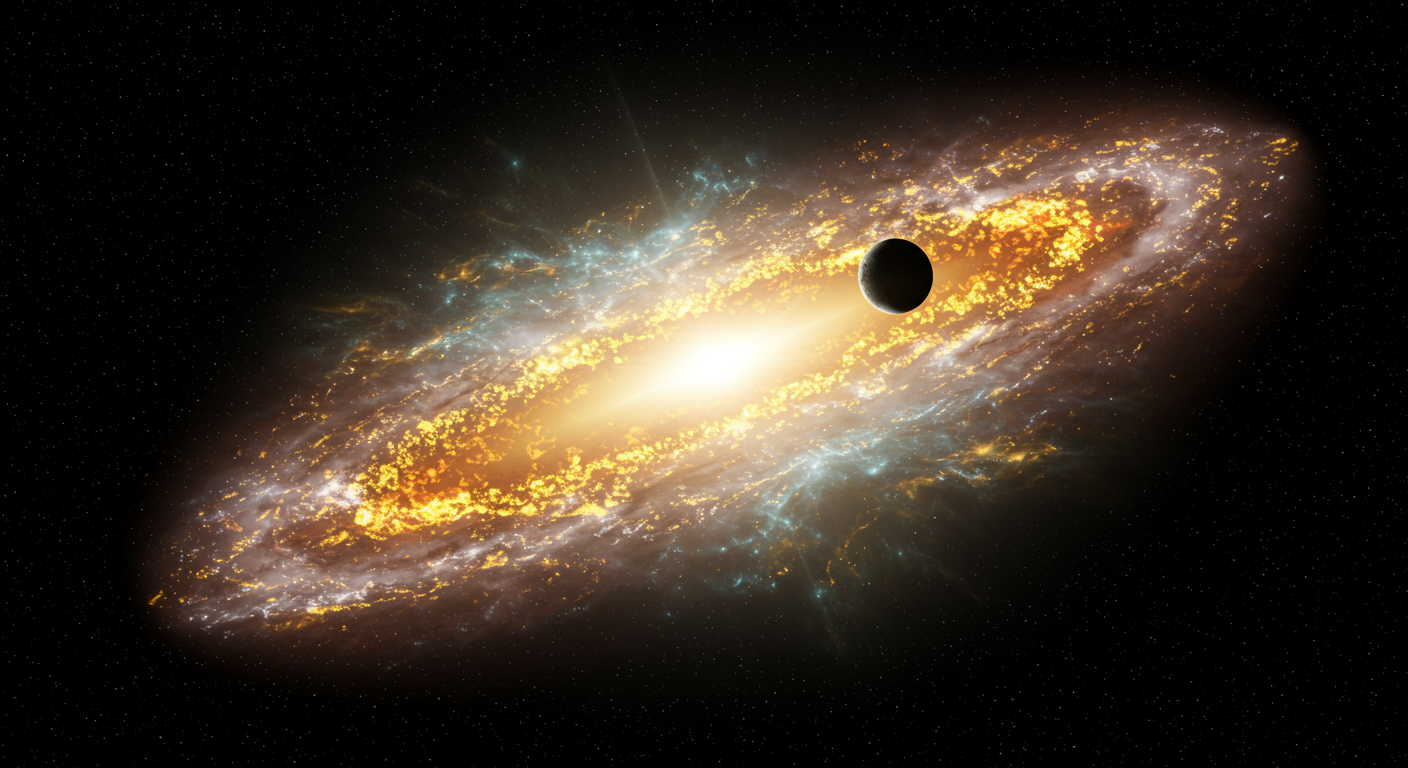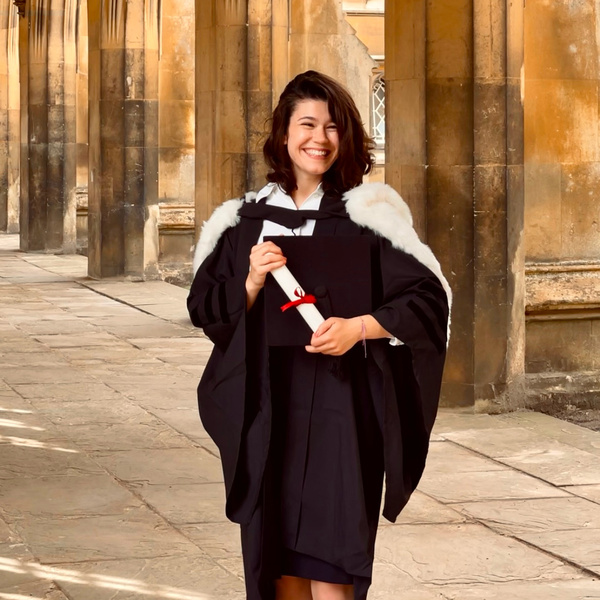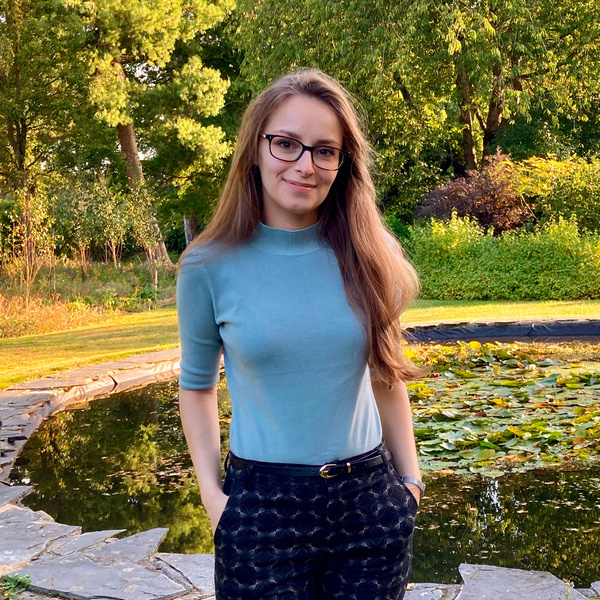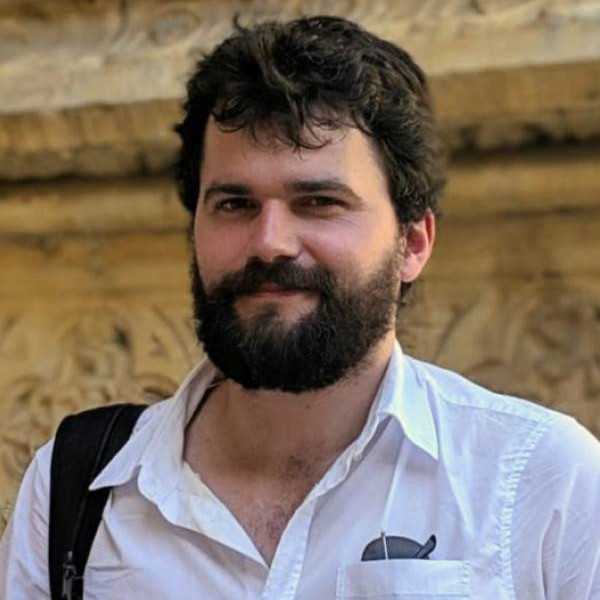Quantum initial conditions for curved inflating universes

The Handley Research Group is pleased to announce the publication of “Quantum initial conditions for curved inflating universes” 2211.17248, a study exploring the intricacies of inflationary cosmology in the presence of spatial curvature. This research delves into the challenges of establishing appropriate quantum initial conditions for inflationary perturbations in universes that are not spatially flat. The paper, published in Physical Review D (10.1103/PhysRevD.109.123502), offers a novel approach to this complex problem with potentially significant implications for our understanding of the early Universe.
A key challenge in curved-space inflationary models is the interaction of nonadiabaticity with spatial curvature, which complicates the quantization of perturbations. Previous work, including that discussed in references 1992PhR…215..203M and PhysRevD.66.084009, has laid the groundwork for understanding these complexities. However, these studies faced difficulties in defining a curvature perturbation variable that is both canonically normalized and suitable for robust quantization.
Lead author Mary I. Letey, along with collaborators Zakhar Shumaylov, Fruzsina J. Agocs, Will J. Handley, Michael P. Hobson, and Anthony N. Lasenby, introduce a novel curvature perturbation variable, denoted as ζ. This new variable satisfies a canonical wave equation, simplifying its quantization and enabling connections with established quantum field theory techniques in curved spacetimes, as detailed in 2020PhRvD.102b3507A.
The paper employs a method of setting initial conditions based on the minimization of the renormalized stress-energy tensor (RSET), extending the work presented in 2016PhRvD..94b4041H. This approach provides canonically invariant initial conditions, resolving ambiguities encountered in previous methods, such as those relying on the Bunch-Davies vacuum. The authors compute the primordial power spectrum for the comoving curvature perturbation, demonstrating modifications at large angular scales due to the presence of primordial curvature. These findings open new avenues for investigating the impact of curvature on the early Universe and its observational signatures in the CMB. The research also has theoretical ramifications for quantization procedures in curved cosmologies populated by scalar fields, as discussed in 1989aqft.book…..F.






Content generated by gemini-1.5-pro using this prompt.
Image generated by imagen-3.0-generate-002 using this prompt.